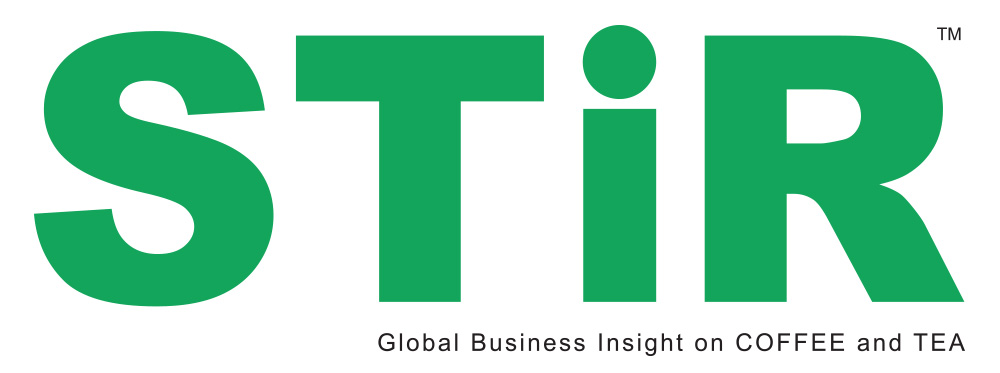A hand-picked batch of fine tea leaf doesn’t come to the processing factory pristine and as just tea. According to IBM Research, it will contain up to 30 other types of unwanted substance: stones, seeds, stems, microplastic particles, stalks, and even bugs.
Some of these are too small for the human eye to discern. Stones and plastics pose safety problems that regulators and import inspectors will look for, and stems and stalks affect quality and grading and, hence, pricing and revenues.
IBM has developed an AI (artificial intelligence) system that replaces the hand inspection that, to date, has been the only solution to the problem, one that is slow, tedious, close to impossible to scale, dependent on shrinking pools of experienced workers, and limited in effectiveness. While there are no reported figures on improvement and payoffs from the tea inspection AI, the “cognitive assistance” system on which it is based typically has cut inspection and removal time by 85% and defects in manufacturing by 7-10%.
The mnemonic-free system, as yet unnamed, has four main components:
1. Cameras that inspect Dian Hong black tea leaf as it moves along a conveyor belt and apply software that adjusts for the low quality of images in a factory rather than lab. Multispectral cameras and relatively simple neural models have shown that AI can spot diseased tea bushes faster and more accurately than humans and also authenticate tea, distinguishing its source of origin and detecting counterfeits.
2. The deep neural network software that embodies the machine’s “knowledge” through a set of multiple layers (the “deep”) that mathematically transform a data point, such as a leaf fragment into, say, the classification of the type of plant it is most likely to have come from and pass this to the next layer that matches it to known genotypes, then to one that clusters it with other data points to identify its condition, freshness, quality or some other criterion of relevance to what IBM calls its Decision Platform for Agriculture.
3. Supervised training: Machine learning begins with a process of training and, like a child, learns from experience. For machine learning, the experience is a set of classified examples where the neural model records its current accuracy and adjusts its equivalent of a human mental model to give extra weight to some variables, add others into its assessments, and track improvements in accuracy and prediction. In many instances, machine learning creates entirely new insights.
One impediment to progress in applying AI more widely and quickly to tea has been the lack of standardized, publicly accessible datasets for training. Millions of examples may be needed to refine a complex model.
4. A robotic arm that responds to the model identifying a substance to remove. This incorporates AI features that have taken 40 years to evolve, that capture the human hand’s ability to coordinate with what the person sees, adjust to its position and size, and delicately grasp and lift it.
IBM’s partner in the tea inspection project is Xiao Guan, a fast-growing upmarket company aiming to build brands that attract young, affluent consumers. It is opening a large new factory that will leverage technology. A sign of the future is that the IBM and Xiao Guan collaboration includes filing for 18 patents in object detection, defect classification and other specialized AI capabilities.



